Construction on Olympic Athlete’s Village to start this month
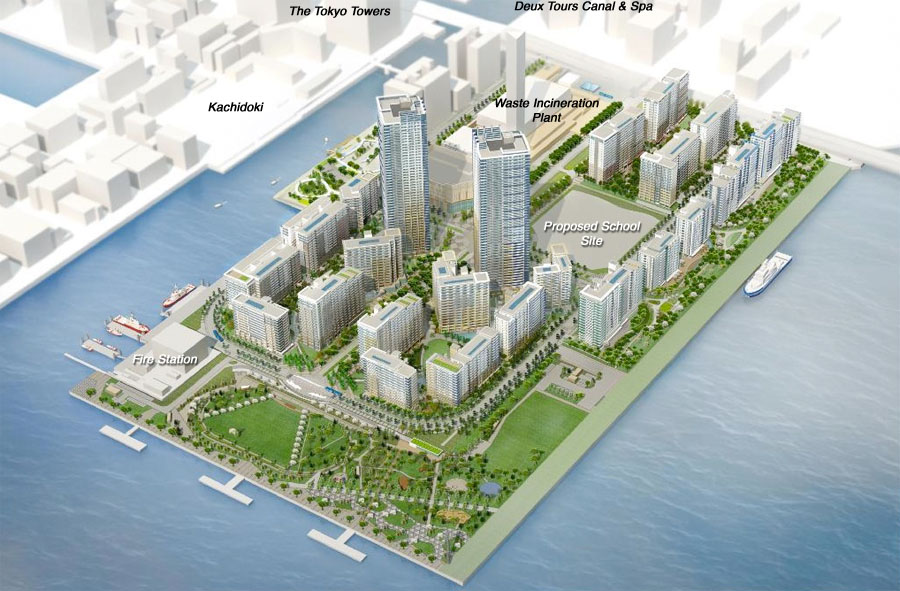
On March 31, the Tokyo Metropolitan Government announced the post-olympic plans for the 44 hectare Athlete’s Village in the Tokyo bay area.
For the duration of the Olympics and Paralympics, athlete accommodation will be provided in 21 buildings ranging from 14 to 18 storeys. Afterwards, these existing buildings will be converted into condominium and rental apartments by private developers. After the games, construction will begin on two 50-storey high-rise apartment buildings. The entire project is expected to be completed by 2024.Read more
2020 Olympics Athletes Village Plans Revealed
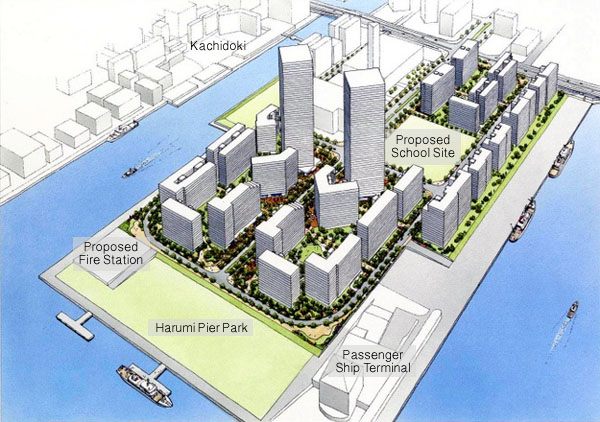
The Tokyo Metropolitan Government announced the model plan for the 2020 Summer Olympics Athletes’ Village in Harumi, Chuo-ku, Tokyo.
There are plans for 22 residential buildings ranging from 14 ~ 17 stories. After the games, the apartments will be sold off as either rental apartment or condominiums. Two 50-storey high-rise apartment towers will also be built after the games, along with a school and retail facilities. A total of 6,000 apartments will be supplied.Read more
Are the Olympics artificially pushing up property prices in Tokyo?
When it was announced that Tokyo would host the 2020 Summer Olympics, owners of high-rise apartments in Tokyo’s bayside area (an area will host the Athletes Village and several sporting events) were naturally excited by the news. Apartment sales offices saw a dramatic increase in demand from buyers who feel certain that the Olympics is going to push up real estate values in the area.
In an article in the Nikkei Business publication, Eugene Oki from Attractors Lab suggests that recent price rises in the bayside islands may lack the substance to continue at current rates, and urges buyers to take a careful look at the factors behind market trends.
The Olympics will bring much needed infrastructure such as sports facilities and a bus lane to the bayside area of Ariake, Harumi and Kachidoki, but the Olympic games alone are not going to be a strong enough reason for the extension of a subway or train line. Retail and other facilities that improve the quality of life will also take some time to create. As such, it is difficult to say whether the current increase in real estate prices can be maintained after the Olympics are over.
Price growth is heavily dependent on trains and subways, not buses
The biggest influence on price growth in a particular area is the development of train or subway lines. In Japan, a bus route or buss rapid transit (BRT) has rarely been shown to improve property values.
There are plans to introduce a BRT that would connect Harumi Island with the Ginza district. While access to Ginza may sound appealing, the majority of residents in the island areas need access to business areas such as Otemachi, Marunouchi, Shinagawa and Shinjuku. Rather than stopping at Ginza, a bus to Yurakucho Station on the JR Yamanote Loop Line would at least provide commuters with an easier switch to the train system.Read more
Tokyo’s bayside islands struggling with apartment and population boom
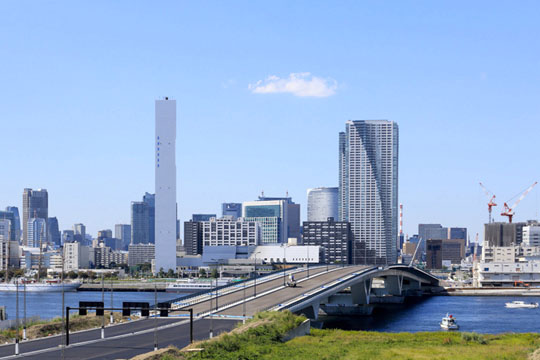
Residents in Tokyo’s bayside islands in Chuo-ku and Koto-ku are growing increasingly concerned about whether the current transport infrastructure and schools can cope with the growing population. Over the past several years, the area has been undergoing a transformation from what was once heavy industrial areas and shipyards into islands crowded with high-rise residential towers.
The development boom is not the direct result of the coming Olympic games, although the announcement did lead to a flurry of sales from buyers excited by the news.
The Athlete’s Village is expected to be built on Harumi Island - about 1 kilometre from Kachidoki Station on the Oedo Line. It will need to house approximately 17,000 people for the Olympic games, with the housing converted for either rental or sale post-games. Read more
Tokyo’s bayside apartment market is boiling, but for how long?
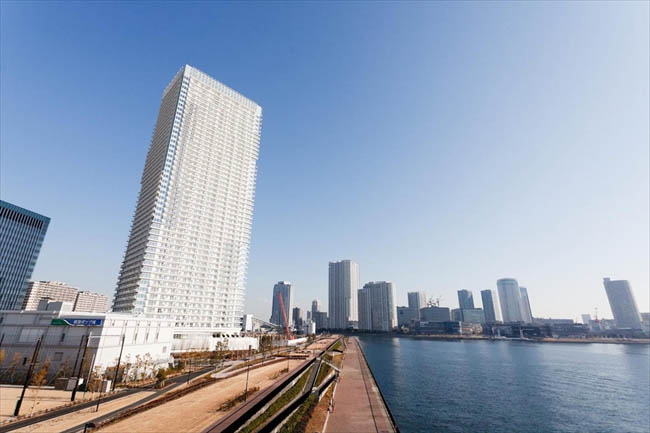
The brand new high-rise apartment market in Tokyo’s bayside area has caught Olympic fever. Development of large-scale condominiums and other infrastructure projects are speeding up, as is demand from excited buyers.
The man-made islands saw a sharp drop in popularity following the 2011 Tohoku disaster when the earthquake caused liquefaction on some islands and left a lot of residents trapped in their apartments or trapped in the lobbies after elevators shut down. The risks of living on reclaimed land were quickly forgotten as soon as it was announced that Tokyo would host the 2020 Summer Olympics and Harumi would host the Athlete’s Village.Read more
Can the Olympics facilities withstand an earthquake?
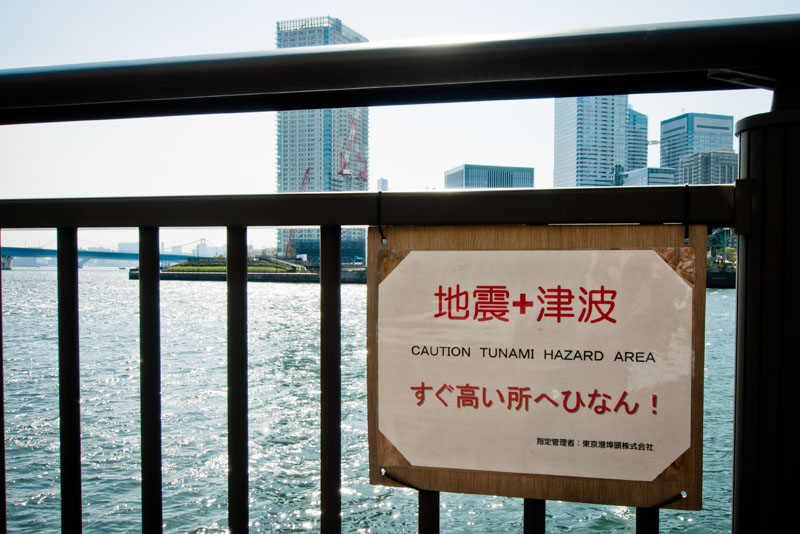
A recent estimate by a government panel in late 2013 reported that a magnitude-7 earthquake directly under Tokyo could destroy as many as 610,000 buildings in Tokyo and the neighbouring three prefectures. 70% of the affected buildings could be destroyed by fires that quickly spread through densely packed neighbourhoods.
Many of the Olympic events are centred around the islands in Tokyo Bay. While they may be spared from the risk of fire due to the open space, these man-made islands can suffer damage from liquefaction and are even at risk of being submerged by a tsunami. A working group from the Cabinet Office's Disaster Management Group are requesting that urgent measures be taken to reduce the risk of any damage and to make sure that the Olympics can be held without disruption.Read more
Tokyo bayside apartment bubble to burst after Olympics?
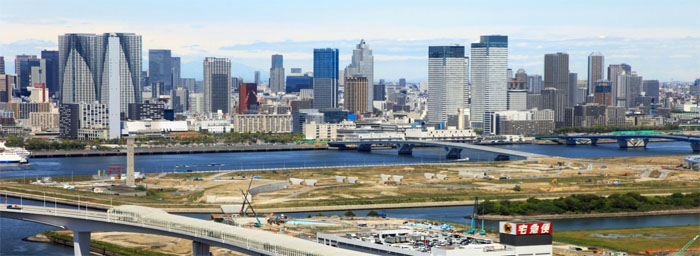 There are currently 149 large-scale apartment buildings (those with a total floor space of over 10,000 sqm) planned in Tokyo's 23 wards. Of those, several projects located in the bayside area are of a major scale with a floor space of over 100,000 sqm.
There are currently 149 large-scale apartment buildings (those with a total floor space of over 10,000 sqm) planned in Tokyo's 23 wards. Of those, several projects located in the bayside area are of a major scale with a floor space of over 100,000 sqm.
What impact could this future supply have on the apartment market on these manmade islands in Tokyo Bay?Read more
